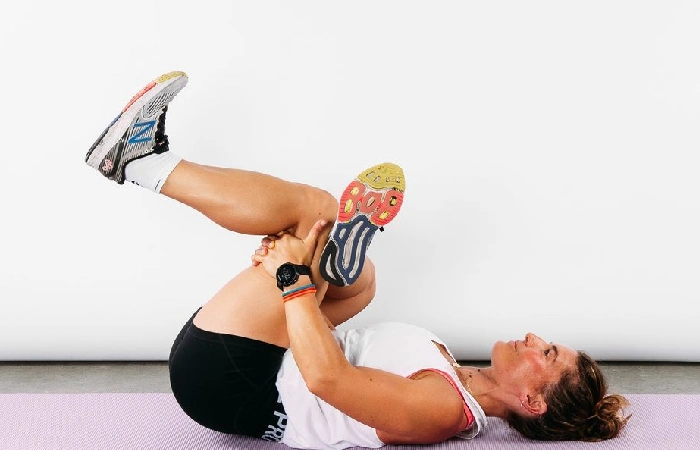Table of Contents
Should You Stretch Cold Muscles?
Stretching Cold Muscles, Stretching requires a temporary lengthening of muscle fibers. It is best to engage in flexibility training after a light warm-up; this allows more muscle blood flow, increasing mobility. Take a minute to imagine your strengths as a rubber band: a cold, brittle rubber band will break, while a warm, flexible rubber band will stretch and snap back into shape. It would help if you always warmed up before trying to avoid injury.
Also read: https://www.smarthealthweb.com/yoga-for-stress-relief/
Stretch Physiology

Muscles have a unique characteristic known as elasticity that allows for the ability to lengthen and contract. The physical makeup of your muscles remains what allows for length changes without injury. The largest unit of your power is known as a fascicle. The fascicles remain made up of many smaller components known as myofibrils, according to “Skeletal Muscle Circulation.” Each myofibril remains made up of bands called sarcomeres. Sarcomeres are further composed of thick and thin overlapping fibers known as myofilaments. During the stretching phase of your muscle, there is a decrease in the amount of overlap experienced at the myofilament level, allowing your muscle fibers to lengthen. Conversely, increased myofilament overlap creates muscle contraction.
Heating
Returning to the rubber band analogy, warming up your muscles is paramount to avoid injury. Before stretching, you should engage in a light cardiovascular warm-up of approximately five to 10 minutes of moderate walking, light jogging, or cycling. This allows more blood flow to the active area. Heat is a byproduct of the work generated by the muscles. When your muscles remain warm, they are more elastic.
Dynamic Stretch
Dynamic stretching remains an active stretch that involves a series of controlled swings, kicks, and turns. These movements occur around the joint and work to increase the range of motion. Dynamic stretching mimics more functional movements and can improve joint flexibility in multiple directions. Because dynamic stretching requires muscle movement, blood flow to the active area increases, keeping that muscle group warm and elastic. It would help if you strained only to the point of mild discomfort. Extending to the end of pain could cause injury. Dynamic stretching includes arm circles, swings, leg kicks, and hip twists.
Participation Recommendation
Flexibility tends to decrease with age. A significant decrease in flexibility could reduce your ability to bend down to tie your shoes, stand up straight, or maintain your balance. To maintain or improve your suppleness, you should do flexibility training at least two to three days a week, after a short warm-up or at the end of your exercise routine. Each stretch should remain done two to four times for up to 60 seconds per stretch.
The Importance Of Stretching In Cold Weather

Everybody knows that it is vital to give your muscles before exercising. Spreading increases flexibility and variety of motion, which lowers the danger of injury. It’s even more vital on cold days because muscles contract to marmalade heat, making them snugger and more prone to wounds.
Also read: https://www.smarthealthweb.com/facts-about-yoga/
Security First
Since stretching cold muscles can reason the types of injuries we’re looking to avoid, start by walking briskly or jogging for a few minutes. This will get the blood flowing to the muscles and prepare them to stretch.
Dynamic Stretch
Dr. Alexandra Matthews of the Orthopedic Performance Institute recommends a dynamic stretching routine in cold weather. This means that she should incorporate movements into her routine (such as leg kicks and arm circles) rather than simply stretching and holding the muscle without moving. Dynamic stretching benefits you in several ways: It streamlines your muscles and gets your blood moving, keeping you warm and ready to work out.
Conclusion
You may hurt yourself if you stretch cold muscles. Before stretching, warm up with light walking, jogging or biking at low intensity for 5 to 10 minutes. Even better, stretch after your workout when your muscles are warm.
Also read: https://www.smarthealthweb.com/healthy-ways-to-be-happy/

